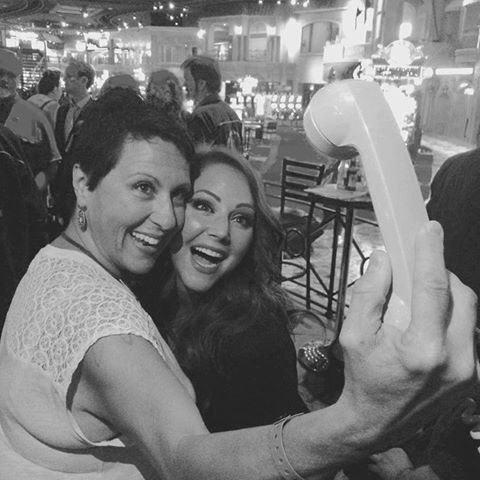
Posted on 05/21/2024 10:19:32 AM PDT by DallasBiff

The rotary dial phone was once the be all and end all of the telephones. Like the cellphone of today, everybody had one, and they ruled domestic communications for decades.
But that all changed in the 1980s when they were supplanted by a new upstart, push-button telephones. Their days were numbered (pun intended).
Many born after the 1990s have likely never seen one, which is a shame. But for those who do remember, join us as we take a trip back in time in remembrance of this glorious piece of telecommunications history.
(Excerpt) Read more at interestingengineering.com ...


Sponsoring FReepers are contributing
$10 Each time a New Monthly Donor signs up!
Get more bang for your FR buck!
Click Here To Sign Up Now!
Or add a 5kΩ resistor between tip and ring, the system would think you hadn’t picked up and not start long distance billing...
> lightning arrestor
The consumer had no control over any phone infrastructure, all the way up to the handset.
Thanks. We never heard of it happening, but I guess others did.
“The PLL was one of the great innovations of electronics”
I’m barely a hardware guy, mostly curious and lightweight reading.
It’s interesting to think about the clever, small, electrical and mechanical mechanisms that have been invented.
Getting back to the rotary phones. How in the world could the exchanges take those pulses and connect thousands of callers to their destinations all at once with bunches of relays?
Yeah, enough so a whole generation was leery of being on the phone during a T-storm!
My folks sure were...
Besides a stick shift and writing cursive.
Back in the day we could call anyone in town with just the last 4 digits.
And you could unscrew the lower part of the handset and remove the speaker piece, screw it back as a practical joke so caller could never hear anyone answer.
OK, ~64- 100+ volts depending on switch manufacturer and set up. Also DC experienced V drop over distance, splices, etc
IIRC, 40 volts was the minimum. IIRC. That was a while ago. RBOC career slot. Southern Bell.
Two 48V in series, tip and ring. Again IIRC.
Thanks for the clarity.
click click click click click click click click.Same cadence, same beat.
I had a similar idea, but with series power-of-two weighted coils replacing the normal single speaker coil on a speaker cone driver.
I knew instinctively it wasn’t practical, and never tried to patent it. Also I didn’t have anywhere near the resources necessary to do so, at the time.
Undoubtedly many others had the same idea, at the time.
A rotary phone should be easy to figure out within a minute or so.
You didn’t watch the video at the link did you? These kids kept hanging up the receiver before dialing. LOL
JAckson 38754
ADams 25872
Didn’t stop us from putting one in 75 years ago.
Interestingly, they made the ‘dial’ by a series of “make/breaks” duration 60/40 on the line voltage present, IIRC. You could actually dial number without the dial. Just toggle the handset holder switch in the same sequence. You had to have rhythm, though.
we used the phones as intercoms in the house.
I cannot remember what we dialed but it made the phones of that number ring and the upstairs person could pick up.
I had seen it before, seeing the rotary and the letters and the finger holes and playing with it a second should lead a normal person to put 2 and 2 together and figure out how to enter the numbers, and the receiver doesn’t have any buttons or controls, just the obvious off and activation button when placed in the holder.
People are always having to figure out new controls in cars, on equipment, on new phones.
Daughter-in-law from Japan asked me what the device below my TV was. I said, “you’ve never seen a VCR?” She says, “what’s that?”
Another oddity. The dial tone was 90Hz, a frequency that had extremely low transmission properties across the physical wires to the phones. The lines we either weighted in frequency from 300-3000Hz (3kHz Flat) or psophometrically weighted around 1 kHz. Regardless, the 90 Hz ring tone didn’t pass through the wires. How did it get through? They used two tones, 250 and 340 Hz - when mixed together produce intermodulation products, one of which is 90 Hz. It is the human ear that is the
‘mixer’ and the brain perceives that one product the most because it’s the lowest. Neat, huh?
Disclaimer: Opinions posted on Free Republic are those of the individual posters and do not necessarily represent the opinion of Free Republic or its management. All materials posted herein are protected by copyright law and the exemption for fair use of copyrighted works.